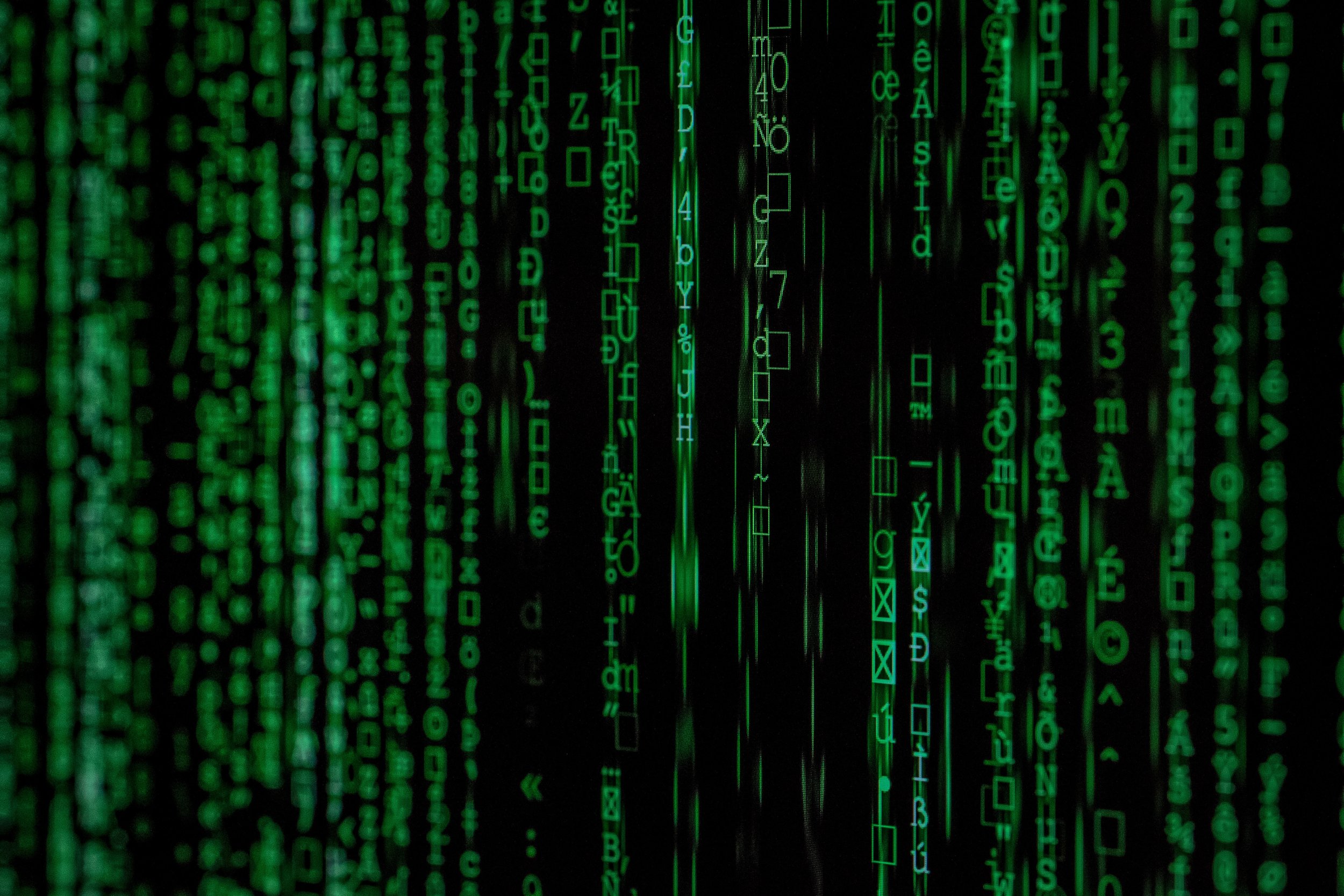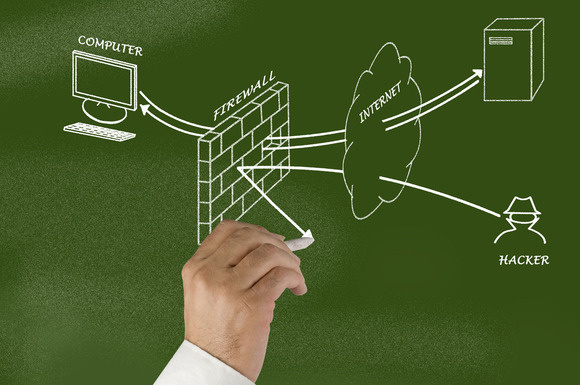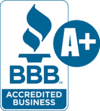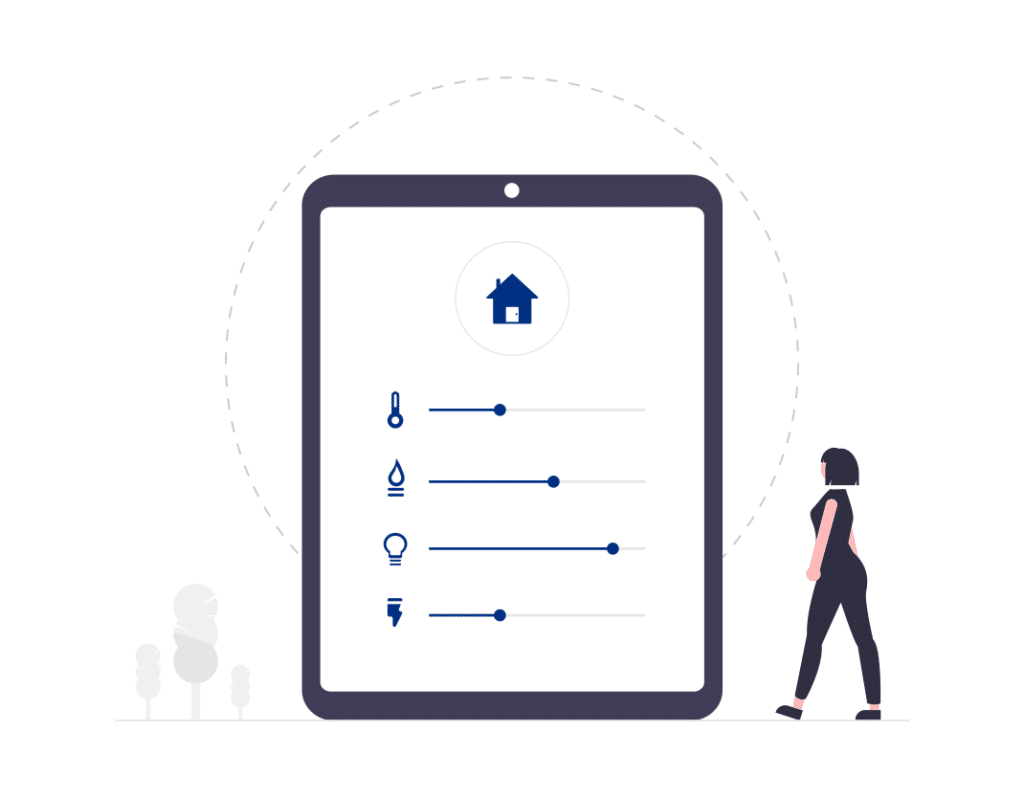Actions You Can Take To Minimize Risk
“Can a smart home be hacked?” seems to be one of the most commonly asked questions from customers when inquiring about a smart home installation.

The truth is that anything that is connected to the internet is at risk of being hacked at any time. However, it is up to you and your integrator to create a digital maintenance plan that makes it virtually impossible to hack the brain of your smart home.
There are steps that you can take which are good security practices anyway. These do-it-yourself security measures include regularly changing the password on all of your devices that control the home. Set up double authentication processes with apps that require a login and involve personal information. You should never click on an unfamiliar POP UP advertisement as many of them are riddled with malware and viruses. A good rule of thumb is to use a POP UP blocker and ensure that your firewall is activated. When visiting an unfamiliar website take a look at the url/web address and look for this, https:// instead of just the http. The s indicates that the website uses security and a level of encryption to secure your information as well as theirs.
Beware of website defacements, sites that look like familiar pages but may have slight differences, misspellings, and aren’t associated with the url but posturing similar words.
A prime example is as IRS or FBI warning. Those government entities do not contact you via computer or electronic device. Their method of contact is always by snail mail. Always pay attention to the big ones, warnings from your browser or the security program not to enter a site or download a program. Did you ever see the pop-up warning downloading this program could cause serious and irreparable damage to your computer? Heed that warning because it is there for a resason. The most common mistake is when someone finds a flash drive, memory card, or disc and they put into their computer or device to see what’s in the memory. Those types of external memory could have malware and viruses that are pre-programmed to automatically run when they are inserted. They can hold your computer for ransom, or introduce phishing malware designed to steal your personal information. What’s worse is that you could introduce a potentially dangerous virus on your computer or device and possibly your school or workplace. Use the proper security settings to scan these items before they are allowed to run. Experiments conducted by Virginia Tech students and later MIT, concluded that about 50% of people that find a flash drive will plug it into their computer.

At Smarter Homes of Austin, when a new system is installed we ensure that firewalls are up. The main computer connections are made through a separate line than all other computers and devices in the home. Our server is cloud based and that in itself has its own security system that is extremely advanced. We also take other measures to ensure that you are protected, but those are trade secrets and we’re not able to divulge them. The most sure-fired way to ensure that your smart home system performs its best and stays secure is to enroll in one of our annual maintenance plans. Our maintenance plans are designed to give you critical system updates to ensure that your home automation is secure and delivers optimal performance. Your smart home system can be more secure than many department stores.








